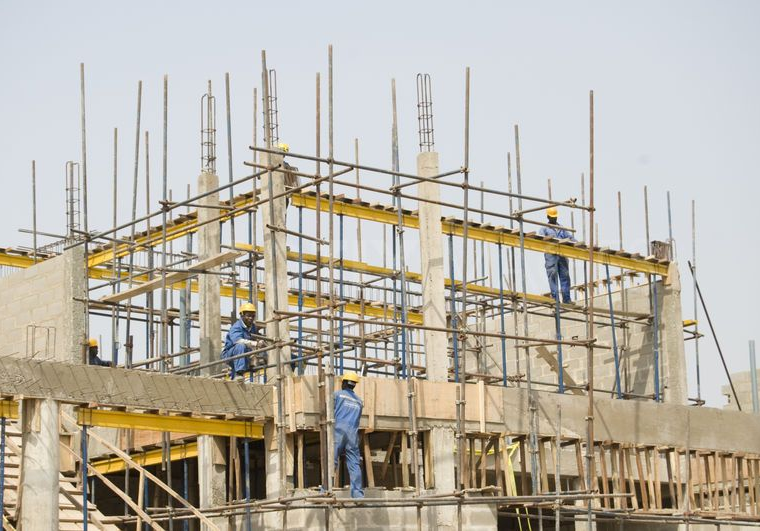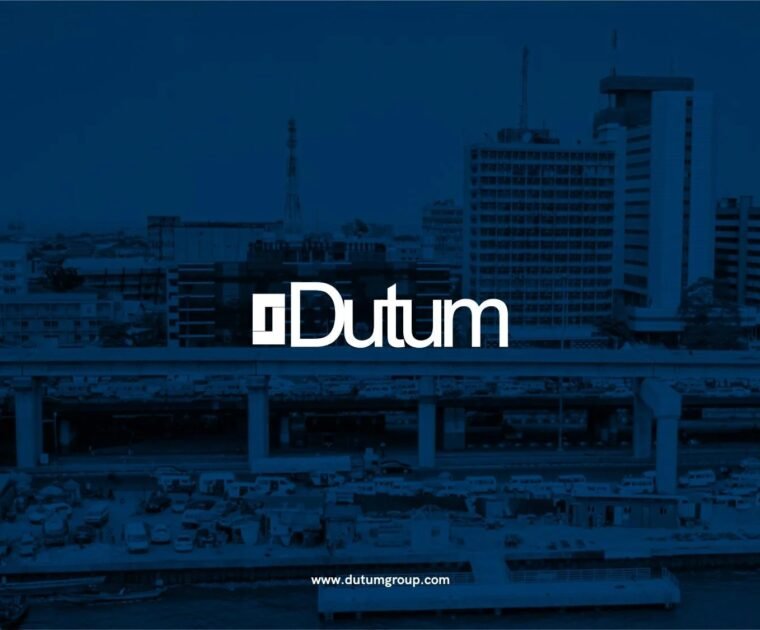In the fast-paced and ever-changing realm of construction, staying informed about the latest advancements is crucial for architects, engineers, and builders. Modern building construction techniques have redefined the industry’s landscape, introducing innovative approaches prioritising efficiency, sustainability, and cutting-edge technology. This blog post will explore emerging techniques, empowering construction professionals to create more innovative, eco-friendly, and structurally superior buildings. Let’s dive into the world of modern building construction techniques that are shaping the future of construction.
Modern Building Construction Techniques Shaping The Future of Construction
As per experts’ evaluations, the subsequent items can be categorised as modern building construction techniques:
- Prefabrication and Modular Construction
- 3D Printing
- Green Building Technologies
- Smart Building Systems
1. Prefabrication and Modular Construction:
Prefabrication and modular construction are construction methods that involve manufacturing building components off-site in controlled environments and then assembling them on-site. It refers to constructing individual building elements in a factory setting, such as walls, floors, or roof trusses. Modular construction takes prefabrication one step further by creating self-contained units or modules that can be combined to form larger structures.
Benefits:
- Faster Construction: Prefabricated components are manufactured simultaneously while site preparation occurs, reducing construction time significantly.
- Improved Quality Control: Controlled factory conditions ensure precise and consistent manufacturing, leading to higher-quality building elements.
- Reduced Waste: Precise material planning in the factory reduces waste and minimises environmental impact.
- Enhanced Safety: With more work done off-site, on-site risks and accidents can be reduced.
- Design Flexibility: Modular construction allows for customisation and the creation of various configurations.
Drawbacks:
- Transportation Costs: Shipping large prefabricated modules to the construction site can be expensive.
- Limited Site Adaptability: Prefabricated elements might not fit perfectly in every site’s conditions, requiring adjustments.
- Upfront Planning: Detailed planning ensures all components fit together seamlessly during assembly.
- Initial Investment: Setting up a prefabrication facility may require significant capital investment.
2. 3D Printing as a Modern Building Construction Technique:
3D Printing, also known as additive manufacturing, is a cutting-edge construction technique that involves creating three-dimensional objects by depositing material layer by layer based on digital designs. It creates entire structures or components in building construction, offering design flexibility and potential cost and time savings.
Specific Examples:
- Entire Houses: Companies like ICON and Apis Cor have successfully 3D-printed entire houses using large-scale 3D printers.
- Concrete Components: 3D printers have created complex concrete forms, such as columns, beams, and decorative elements.
Benefits:
- Rapid Construction: 3D Printing enables faster construction of buildings and components compared to traditional methods, reducing project timelines significantly.
- Customisation: The technology allows for greater design flexibility, enabling architects to create intricate and unique shapes that would be difficult to achieve using conventional construction techniques.
- Resource Efficiency: Additive manufacturing can minimise material wastage, as the amount required can be calculated, reducing overall construction waste.
- Cost Savings: While initial setup costs for 3D Printing may be high, the potential for reduced labour and material expenses, in the long run, can lead to cost savings.
- Sustainability: 3D Printing offers opportunities for eco-friendly construction by using recycled or sustainable materials and minimising transportation needs.
Drawbacks:
- Scale Limitations: Current 3D printing technologies may be better suited for small to medium-sized structures, and scaling to more significant buildings can pose challenges.
- Material Constraints: The variety of materials suitable for 3D Printing in construction currently needs to be improved compared to traditional construction materials.
- Regulatory Challenges: As 3D Printing in construction is a relatively new technique, there may be regulatory hurdles and building code considerations to address.
- Technical Expertise: Operating and maintaining 3D printers requires specialised skills and knowledge, which can limit widespread adoption.
3. Green Building Technologies:
Green Building Technologies refer to integrating eco-friendly and sustainable elements, practices, and technologies in the design and construction of buildings. The goal is to minimise the environmental impact of buildings while creating healthier, more energy-efficient, and resource-efficient structures. These technologies aim to promote sustainability and reduce the consumption of natural resources in the construction and operation of buildings.
Benefits:
- Reduced Environmental Footprint: Green Building Technologies help lower energy and water consumption, greenhouse gas emissions, and waste generation, making buildings more environmentally friendly.
- Energy Savings: Energy-efficient technologies lower utility bills and operational costs for building owners and occupants.
- Healthier Indoor Environment: Improved ventilation and non-toxic materials improve indoor air quality, creating healthier living and working spaces.
- Enhanced Market Value: Green buildings often command higher market values and may attract more tenants and buyers due to their sustainability features.
- Sustainable Image: Employing green technologies demonstrates a commitment to sustainability, which can enhance construction companies’ reputation and brand image.
Drawbacks:
- Higher Initial Costs: Implementing green building technologies may involve higher upfront costs than conventional construction methods.
- Limited Awareness: Adopting green building technologies might be limited due to a lack of awareness or misconceptions about their benefits and long-term savings.
- Design and Regulatory Complexity: Integrating multiple sustainable features may require careful planning and adherence to specific building codes and regulations.
- Technological Advancements: Rapid technological advancements may render certain green technologies obsolete, requiring updates or replacements.
4. Smart Building Systems:
Smart Building Systems refer to integrating advanced technologies and automation in building construction and operation to create intelligent and efficient structures. These systems leverage the Internet of Things (IoT), sensors, data analytics, and artificial intelligence to enhance building performance, energy efficiency, occupant comfort, and overall sustainability. The goal is to create buildings that can automatically monitor, analyse, and optimise various functions, leading to improved resource utilisation and user experience.
Benefits:
- Energy Efficiency: Smart building systems optimise energy usage, reducing operational costs and environmental impact.
- Improved Comfort and Productivity: Automation enhances occupant comfort and productivity by maintaining optimal indoor conditions.
- Predictive Maintenance: Smart systems can detect equipment issues in real-time, allowing for timely maintenance, reducing downtime, and extending equipment lifespan.
- Data-Driven Decision Making: Analysing data from smart systems help identify inefficiencies and areas for improvement, enabling informed decision-making for building management.
- Sustainability and Green Building: Smart building technologies contribute to sustainable practices, supporting green building certifications and environmental goals.
Drawbacks:
- Cost: Implementing smart building systems can involve initial investment and may be expensive for some building owners or developers.
- Complexity: Integrating various technologies and ensuring compatibility requires specialised expertise during design and implementation.
- Cybersecurity Risks: Connected systems may be vulnerable to cybersecurity threats, necessitating robust security measures to protect data and privacy.
Other Construction Methods, Materials, or Technologies
Below are additional construction methods, materials, or technologies:
- High-Performance Concrete
- Self-Healing Concrete
- Cross-Laminated Timber (CLT)
- Photovoltaic Integration
- Nanotechnology in Construction
- Insulating Concrete Formwork (ICF) Technique
- Augmented Reality-Assisted Building
- Raised Access Flooring
- Hybrid Concrete Construction
- Thin Joint Masonry
- Precast Concrete Foundation
- Twin-Wall Technology
- Timber Frames
- 3D Volumetric Construction
Conclusion on The Best Modern Building Construction Techniques
In conclusion, exploring and implementing the best modern building construction techniques is vital for creating innovative, sustainable, and efficient structures in today’s rapidly evolving construction industry. Embracing these cutting-edge approaches can lead to remarkable improvements in resource utilization, energy efficiency, and overall building performance.
If you’re looking to witness the application of these advanced techniques in real-world projects, we encourage you to check out Dutum company’s impressive construction portfolio. Our commitment to excellence and expertise in utilizing modern construction methods make us a reliable source of inspiration for anyone seeking to embark on groundbreaking construction ventures.






1 Comment